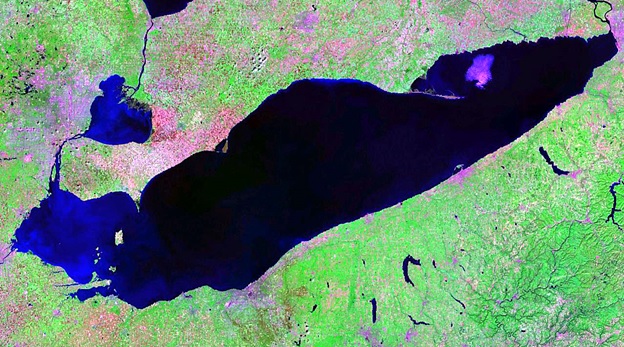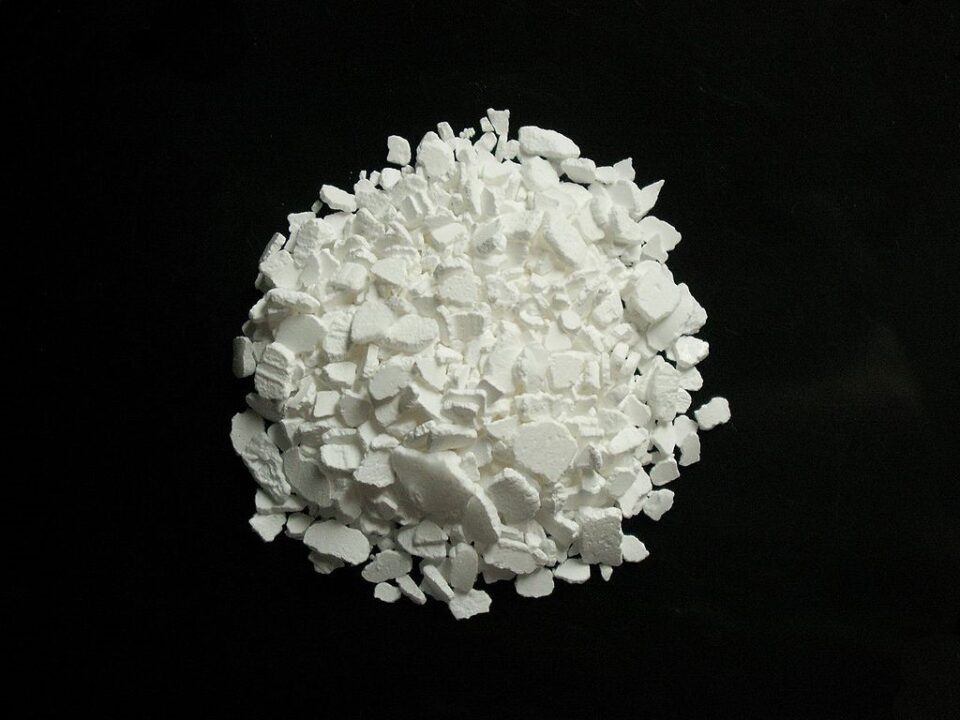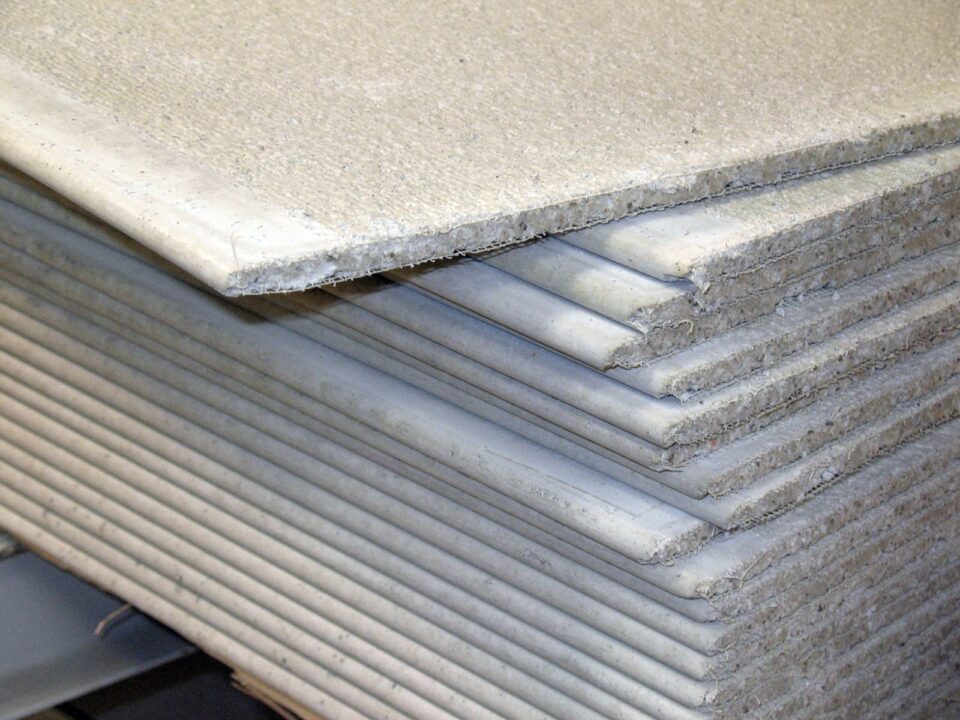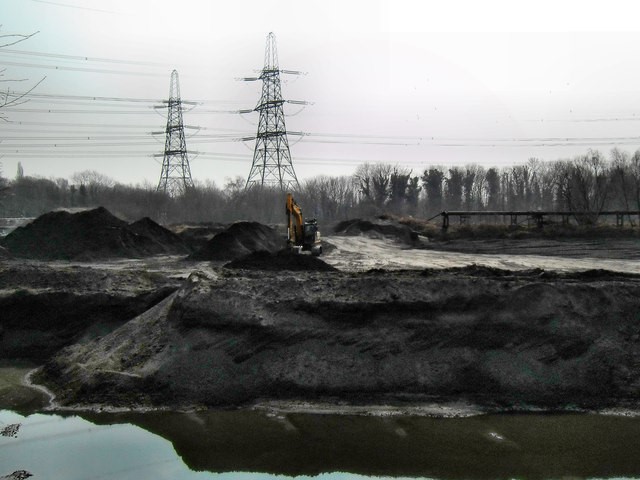US and Canada Agree to Reduce Phosphorous Targets 40% by 2025 in an Effort to Protect Lake Erie
In an effort to reduce dead zones in the center of Lake Erie, as well as preserve ecosystems, the United States and Canada have agreed to limit the amount of phosphorous that enters the lake 40% by 2025. The lake has been affected by a rise in toxins released from growing algal blooms that occur as a result of higher phosphorus concentrations. The effort will require an innovative approach to the handling of fertilizer and manure runoff believed to be a leading cause to the rising phosphorous levels.
Calcium Chloride Market Estimated to Grow by 6% Between 2015-2020
A new report by Zion Research indicates an expected 6% annual growth rate of the Calcium Chloride market through 2020. Continued growth comes as the demand for de-icing solutions increases globally. More information on this forecast can be viewed here.
Gypsum Board Market Size to Grow to $54 Billion by 2022
The Gypsum board market (drywall) is currently valued at $21.74 billion. This is expected to increase to $54 billion by 2020. Fueling this growth is an increased in emerging markets such as Asia Pacific, Middle East & Africa and Latin America. This in turn should lead to significant growth in processing gypsum for use in wallboard as well as gypsum recycling. The overall gypsum market is expected to grow annually at a 9.9% rate through 2026.
Research On Extracting Rare Earth Elements from Coal Ash Continues
Coal ash and fly ash are often thought of as waste with little cost incentive to process and store in ways that are most beneficial to the environment. However, continued research has shown that this waste contains rare earth elements (REEs). REEs are used and required in the production of most modern day electronics. Currently, the process of mining REEs is very intensive, as well as invasive on the environment. The ability to extract REEs from coal ash waste would require agglomeration of the ash and the use of a leaching process. The ability to extract REEs from waste could provide an incentive upside to the better handling of these wastes (both economically and environmentally).






